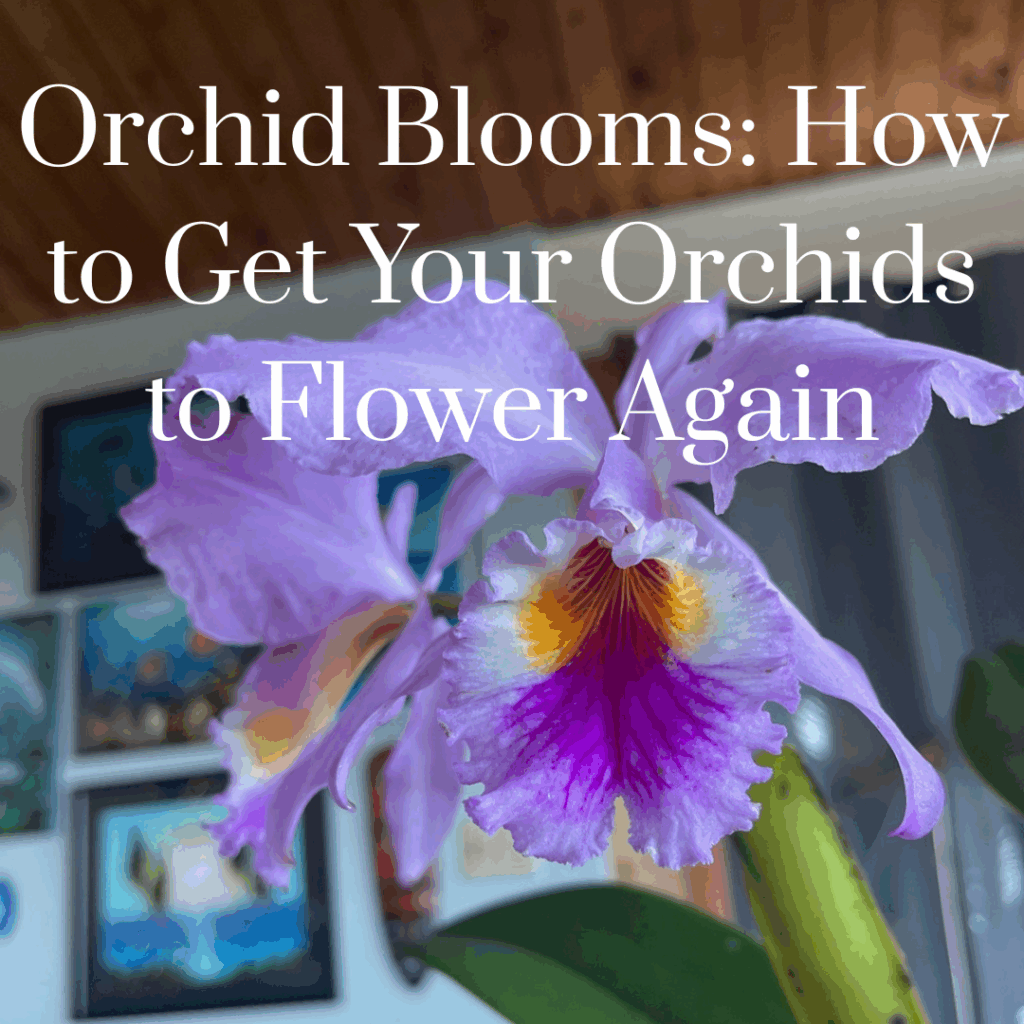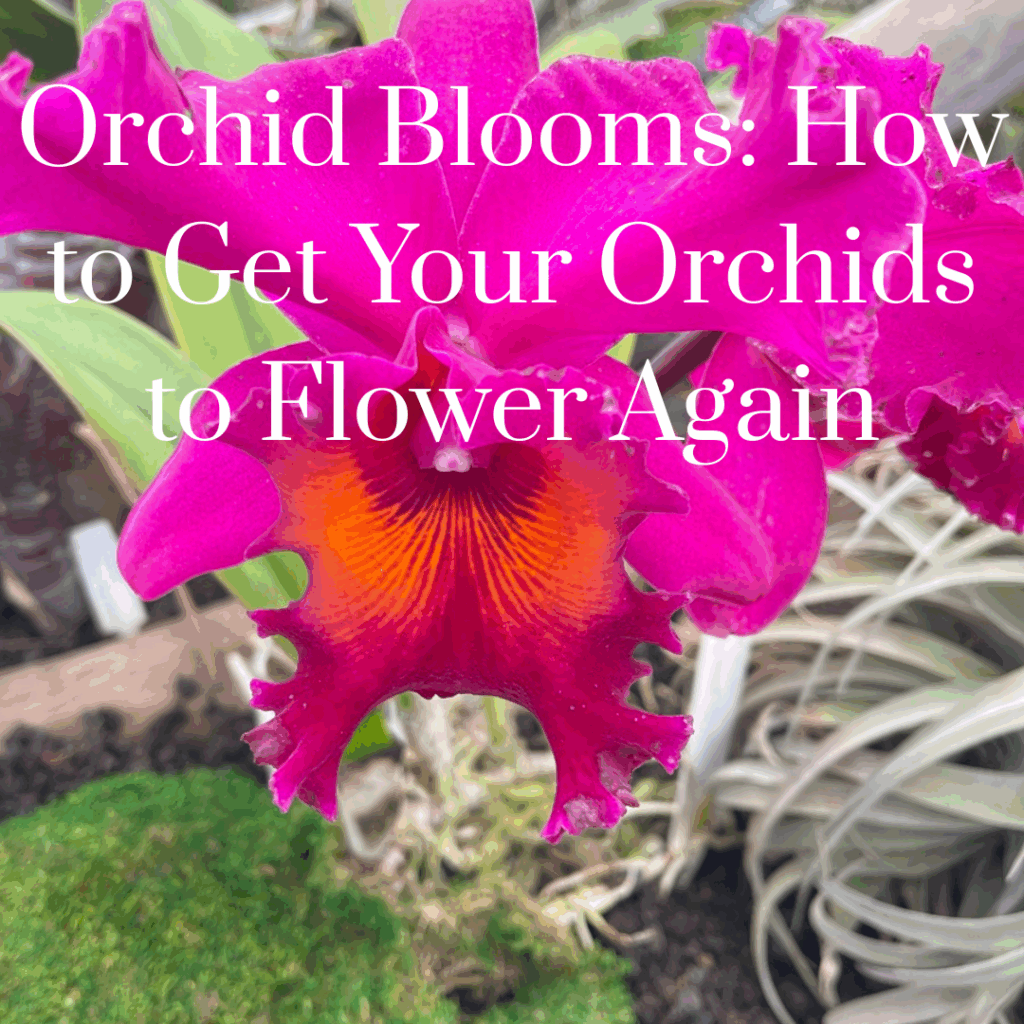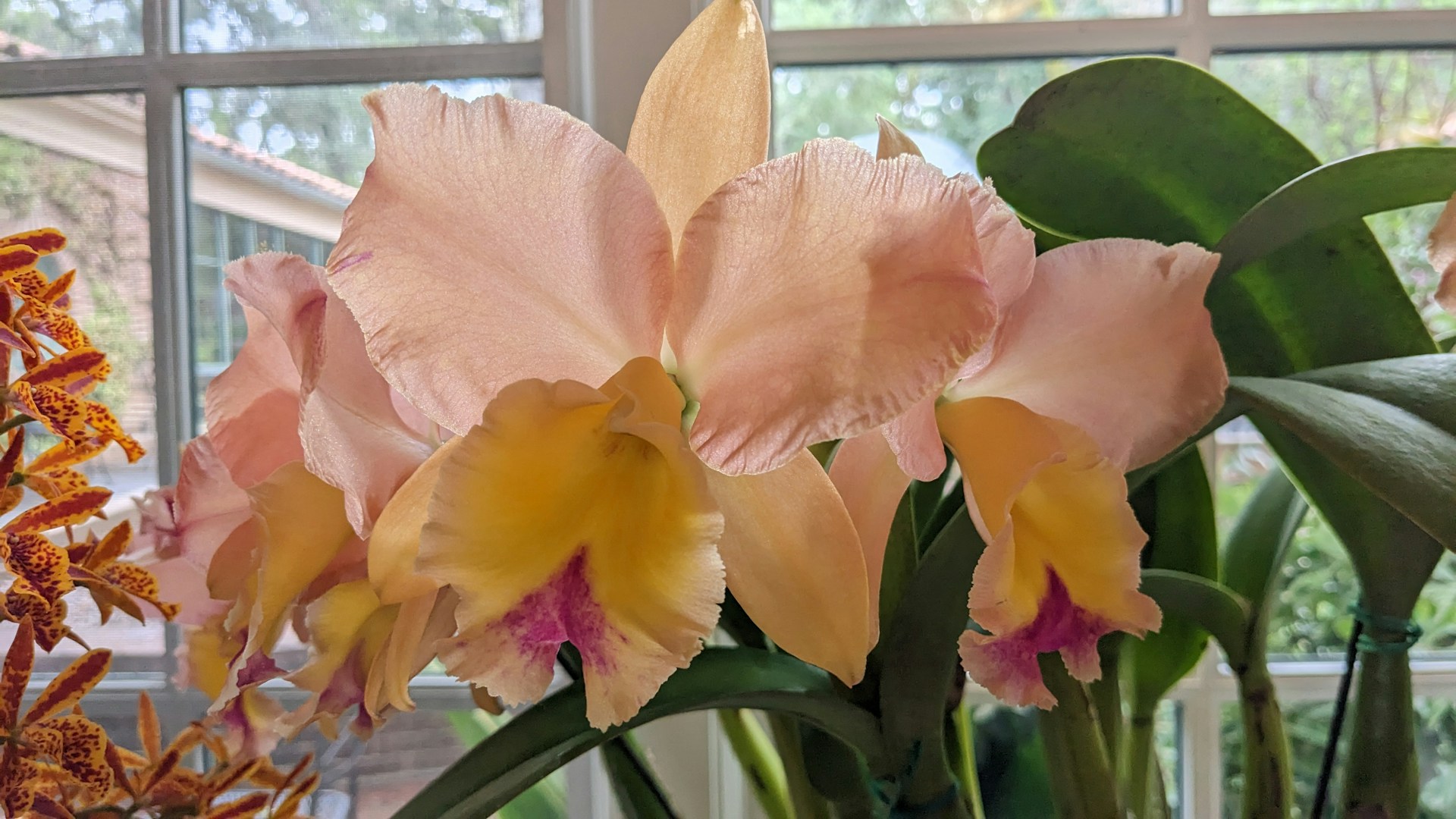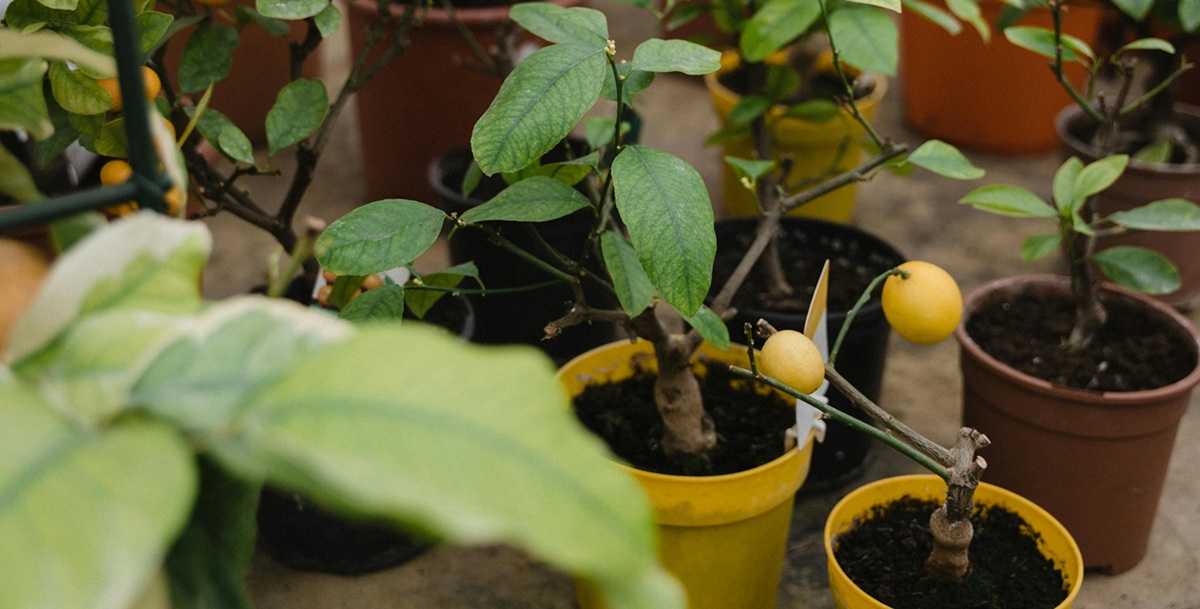Orchids are known for their stunning, long-lasting blooms, but every orchid lover eventually faces the same question: Why isn’t my orchid blooming again? While orchids don’t bloom continuously, the good news is that with proper care, they will rebloom. In this guide, we’ll explore why orchids stop blooming, how to encourage reblooming, and the best practices to keep your orchid healthy and thriving.
Why Do Orchids Stop Blooming?
Before you panic, understand that no orchid blooms forever. Every orchid goes through a natural blooming cycle, and flower loss is completely normal. However, several factors can influence how soon (or whether) your orchid will bloom again:
1. Natural Blooming Cycle
Orchids have their own internal schedules. Some varieties bloom once a year, while others can bloom multiple times. When the flowers fall off, the plant enters a resting period where it stores energy for future blooms.
2. Insufficient Light
Orchids need bright, indirect light to produce flowers. If your orchid’s leaves are dark green instead of a lighter, vibrant green, it may not be receiving enough light. A lack of adequate light is one of the top reasons orchids refuse to rebloom.
3. Improper Watering
Overwatering and underwatering can both stress an orchid, preventing it from flowering. Orchids prefer a cycle of drying out slightly between waterings, as consistently wet roots can lead to rot, while dehydration can halt growth.
4. Temperature Issues
Many orchids require a slight temperature drop (about 10-15°F between day and night) to trigger blooming. If your home or greenhouse stays at a constant temperature, your orchid might not receive the signal to flower.
5. Lack of Nutrients
Just like any other flowering plant, orchids need the right nutrients to thrive. If you’re not fertilizing your orchid properly, it may not have the energy needed to bloom again.
6. Aging or Weak Plant
If your orchid has been neglected or has suffered from disease or pests, it may need time to recover before it can bloom again.
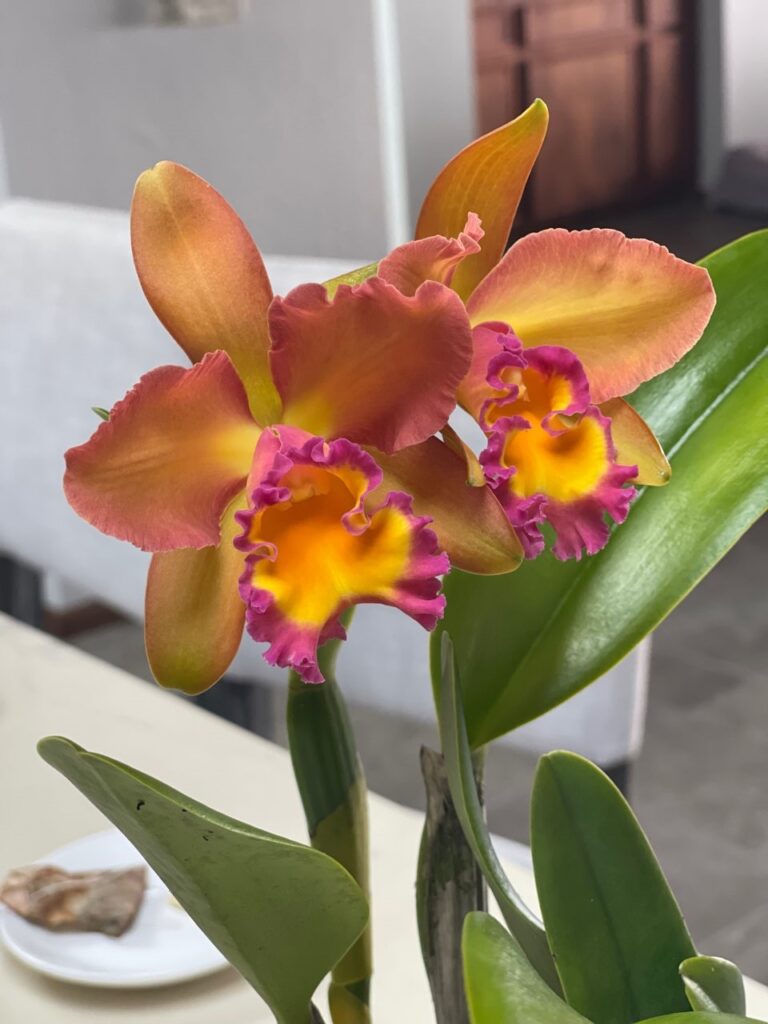
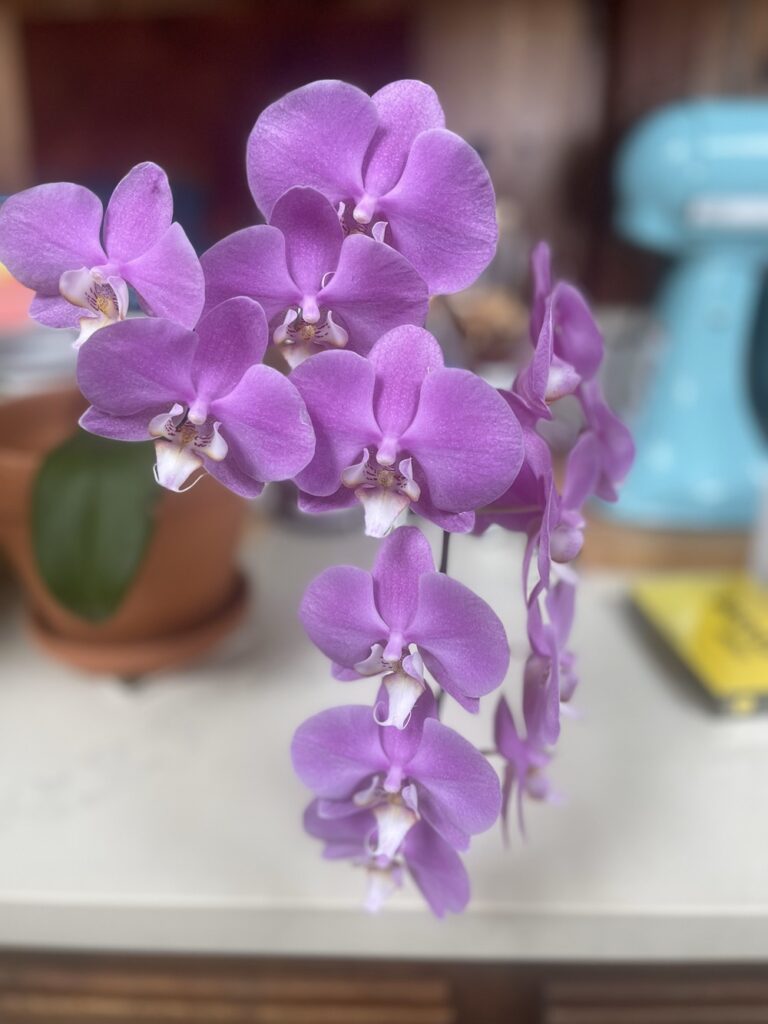
How to Encourage Orchids to Bloom Again
If your orchid has stopped blooming, don’t lose hope! Here are some tried-and-true strategies to get those beautiful flowers to return again and again.
1. Provide Adequate Light
- Place your orchid near an east or south-facing window where it can get bright, indirect light.
- If natural light is insufficient, consider using a grow light to supplement.
- A good rule of thumb: If the leaves are dark green, increase the light; if they are yellowish or purple, reduce it.
2. Adjust Temperature for Blooming
- Many orchids (such as Phalaenopsis) need a temperature drop of about 10-15°F at night to trigger blooming.
- If possible, place your orchid in a cooler location at night for a few weeks to encourage flower spikes.
3. Follow Proper Watering Techniques
- Water your orchid once the potting medium is dry to the touch, usually once a week.
- Avoid letting the roots sit in standing water—good drainage is essential!
- If your home is dry, consider increasing humidity with a humidity tray or misting the leaves (but not the flowers).
4. Feed Your Orchid Regularly
- Use a balanced orchid fertilizer (like 20-20-20) at half strength once a week.
- A slow release fertilizer like Nutricote is a good option too.
- During active growth periods, increase feeding slightly to support blooming.
- Reduce fertilization when your orchid is dormant.
5. Repot When Necessary
- If your orchid’s roots are crowded or the potting medium has broken down, repotting can help encourage new growth and blooms.
- Use a well-draining mix like bark, perlite, moss, or a combination.
- Repotting is best done after the plant has finished blooming.
6. Be Patient and Observe
- Once your orchid starts growing a flower spike, provide stable conditions to support blooming.
- Do not cut off the old spike too soon! Some orchids, like Phalaenopsis, can rebloom on the same spike.
7. Know Your Orchid
- Every orchid type has slightly different needs for light, water, temperature, etc.
- Knowing what types of orchids you have and learning what they like will help you give your orchids the best conditions for reblooming!
- Check out my Orchids 101 post or my presentation from the Kona Orchid Show to learn more about orchid types and how to care for them.
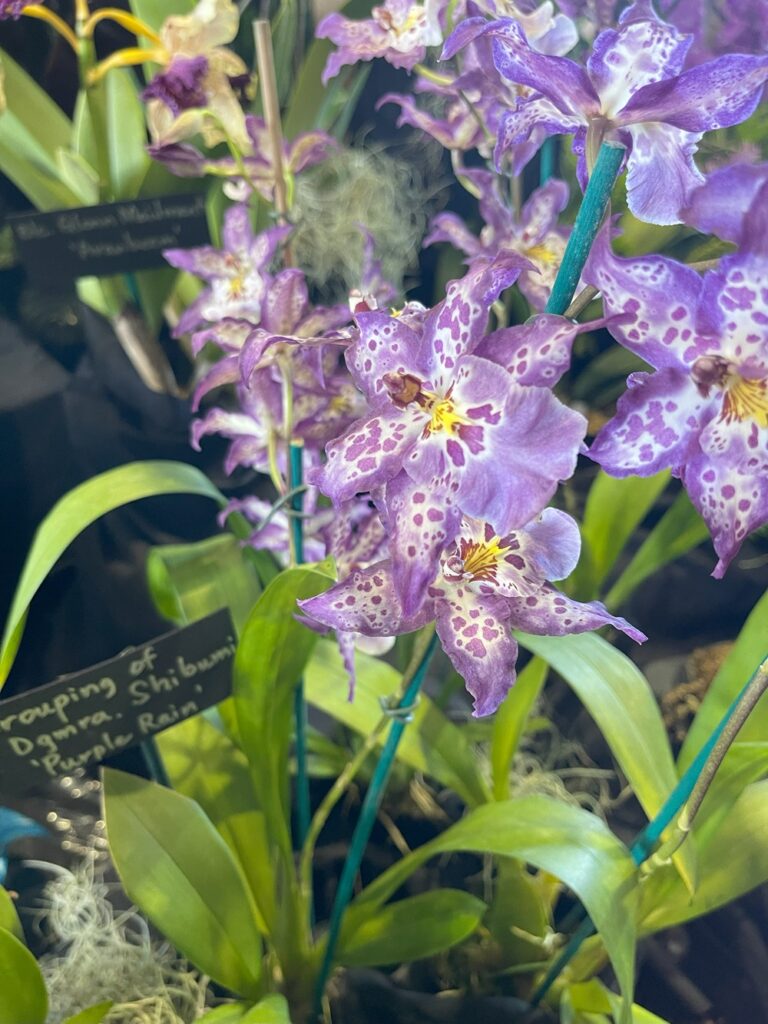
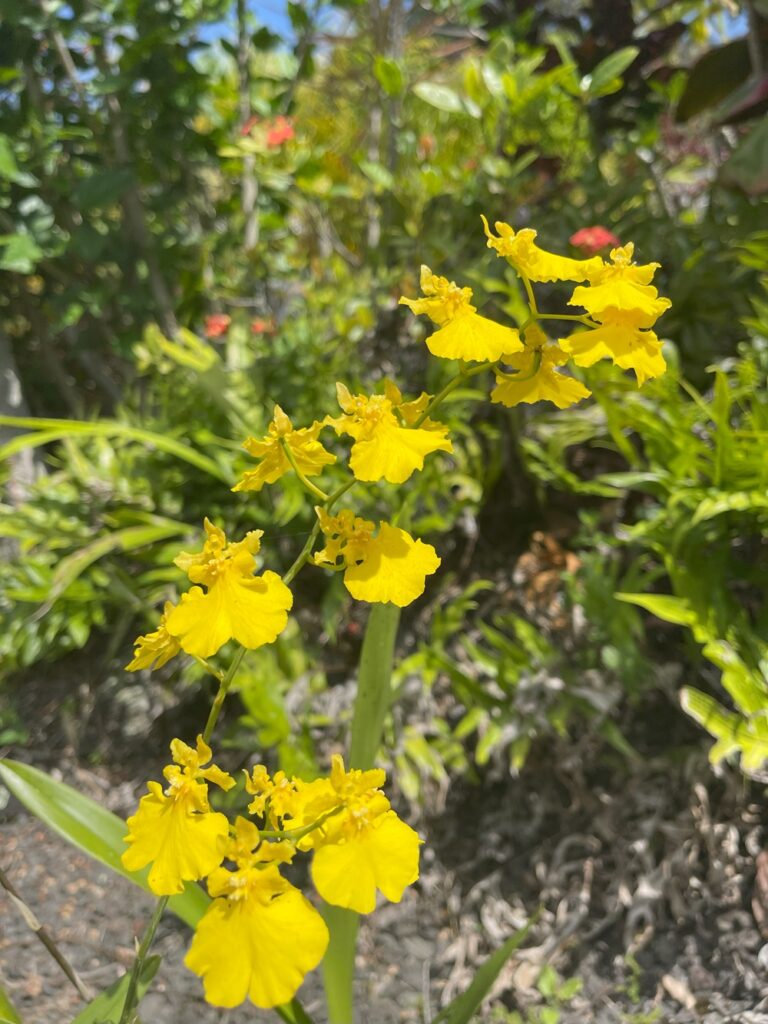

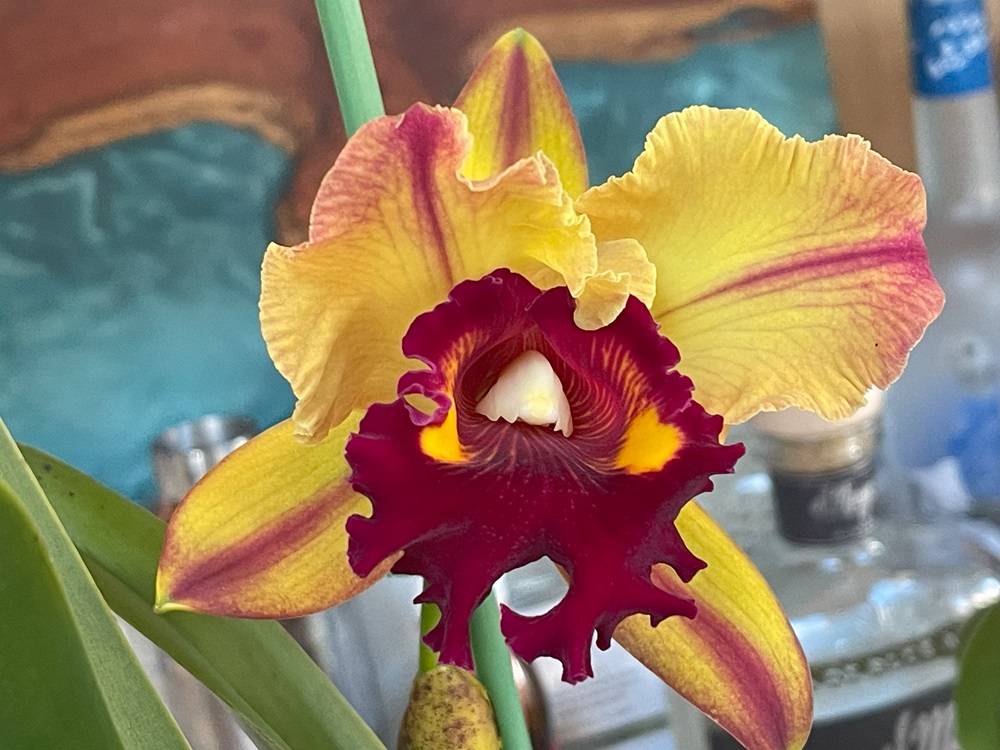
Final Thoughts
Seeing an orchid rebloom is one of the most rewarding experiences for any plant lover. While it takes patience and care, understanding your orchid’s needs will help you enjoy its stunning flowers again and again. Remember, no orchid blooms forever, but with proper light, water, temperature, and nutrition, you can encourage your plant to flourish. Happy growing!
Want more gardening inspiration? Join the Adventures in Botany Community and connect with fellow plant lovers! Follow us on, Instagram, TikTok, and YouTube for more gardening tips, DIY projects, and nature-inspired content.
